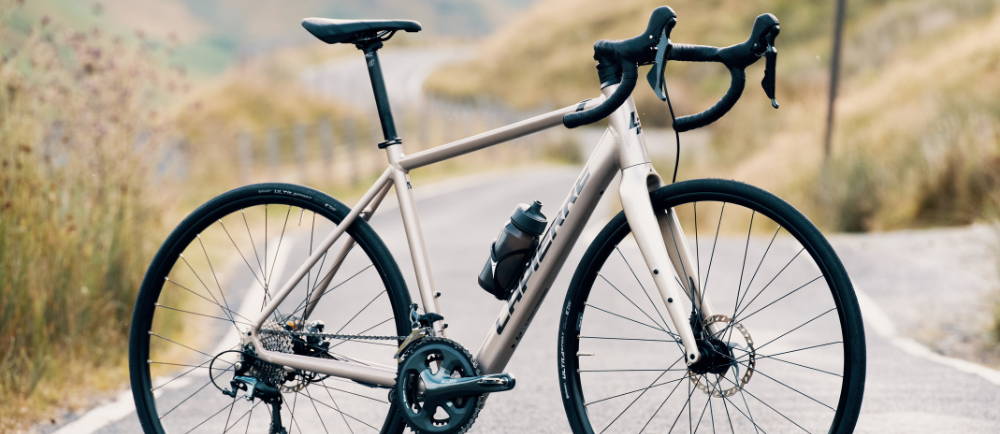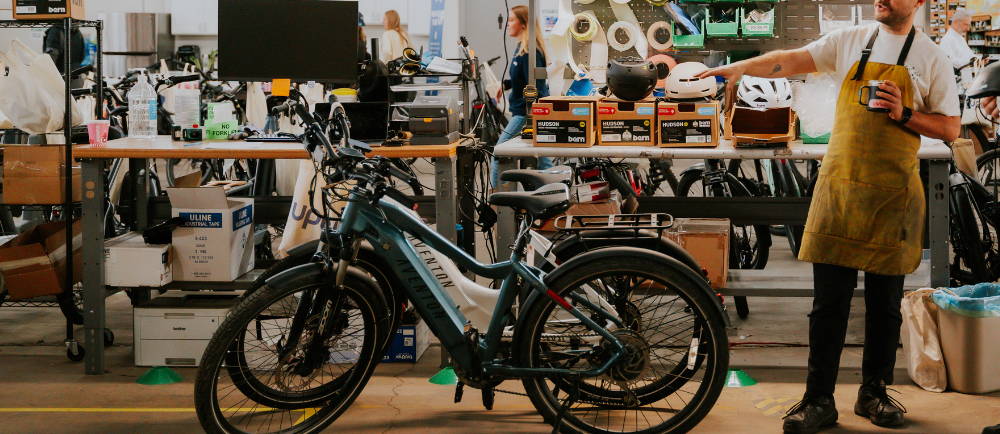E-bikes have a slightly higher carbon footprint than traditional bikes due to battery production and electricity use. It takes around 38-65kg of additional CO2 emissions to produce an e-Bike and they produce 3-5 times more CO2 per kilometer than standard bicycles. Both are significantly lower than cars, making them eco-friendly transportation options.
Is Buying a Refurbished E-Bike More Sustainable Than Purchasing New?
Written by: Rémy Rossi | September 22, 2025 | Time to read 3 min
Refurbished e-Bikes slash emissions, extend model lifespans, and can make a real sustainability difference. Check out the data.

More about the Author: Remy Rossi
Rémy Rossi is a bike writer, mechanic, and educator who got his start in community-based bike shops and co-ops. With a decade in the industry, he still wrenches on bikes when he can and plays bike polo on a fixie.

New e-Bikes have a higher initial carbon footprint

🤝 Looking for a sweet deal?
Get an even better discount when you sell your old electric bike!
Click here for a price estimation!
Buying used reduces emissions

And across their lifetimes, e-Bikes may actually be more sustainable than regular bicycles in terms of overall emissions from production and the required energy to power or pedal the bike. On top of that, the purchase of a used e-Bike avoids the emissions from the initial production, making them an even better choice to support sustainability efforts and the circular economy. Are refurbished e-Bikes the most sustainable option to ride? There’s still plenty of data to crunch and variable factors at play, but the outlook appears quite green.
Frequently Asked Questions
What's the carbon footprint of e-Bikes vs. traditional bikes?
How can I recycle my e-Bike battery?
It’s important to dispose of your e-Bike battery when it’s time to replace it. You can recycle your e-bike battery by taking it to a certified e-waste recycling center, the retailer where you purchased it, or a manufacturer-sponsored recycling program.
How much power does an electric bike use?
Studies have shown that e-Bikes with a Bosch drive unit use about 11Wh per mile. This energy consumption translates to an average CO2 emissions amount of around 3.5g per mile. In comparison, a car emits about 240g of CO2 per passenger mile and public transportation emits 80-176g of CO2 per passenger mile.
Key Takeaways
- New e-Bikes have a bigger footprint: Averaging about 140 kg of CO₂ emissions just from production.
- Refurbished bikes avoid most of those emissions: Only requiring minimal new parts and related CO₂ costs for reconditioning.
- Choosing used supports the circular economy: Cutting waste, saving resources, and making cycling more climate-friendly.


